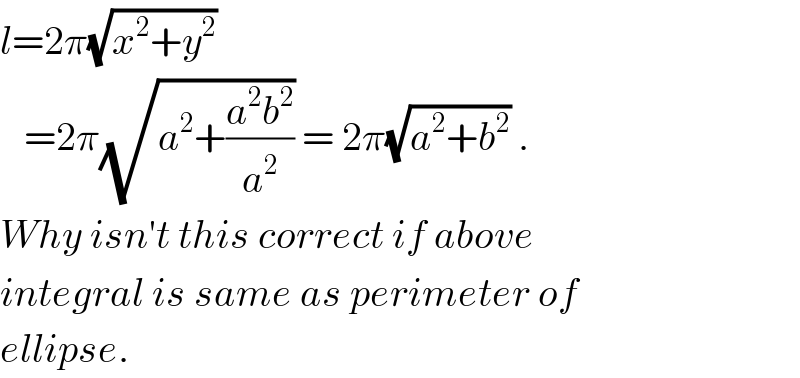
Question and Answers Forum
Question Number 37451 by ajfour last updated on 13/Jun/18
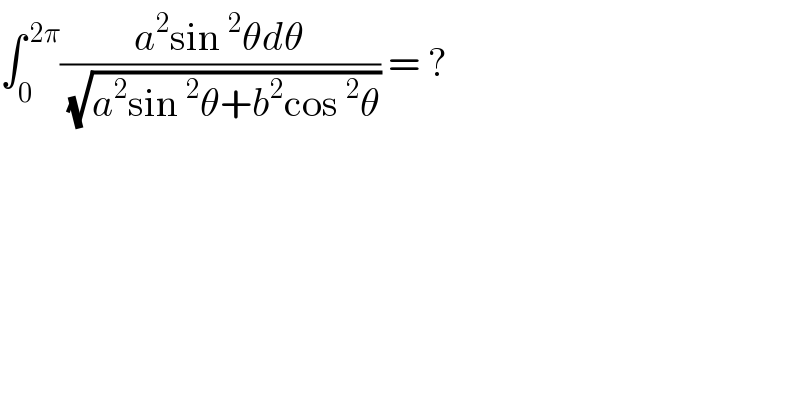
Commented by MJS last updated on 13/Jun/18
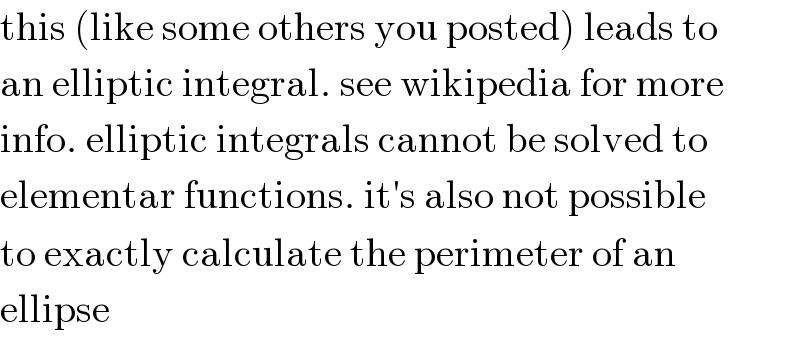
Answered by tanmay.chaudhury50@gmail.com last updated on 13/Jun/18
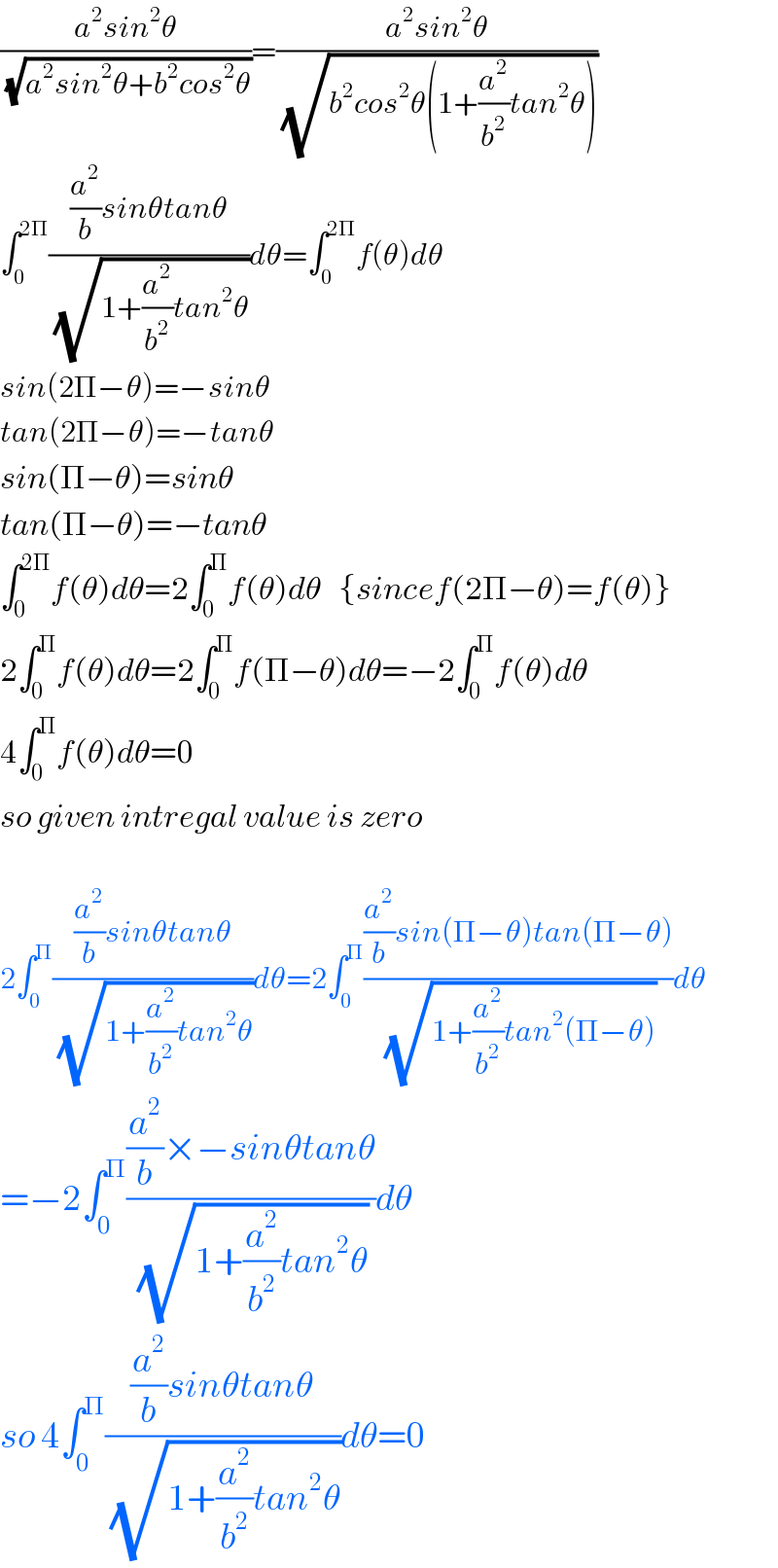
Commented by ajfour last updated on 13/Jun/18

Commented by ajfour last updated on 13/Jun/18
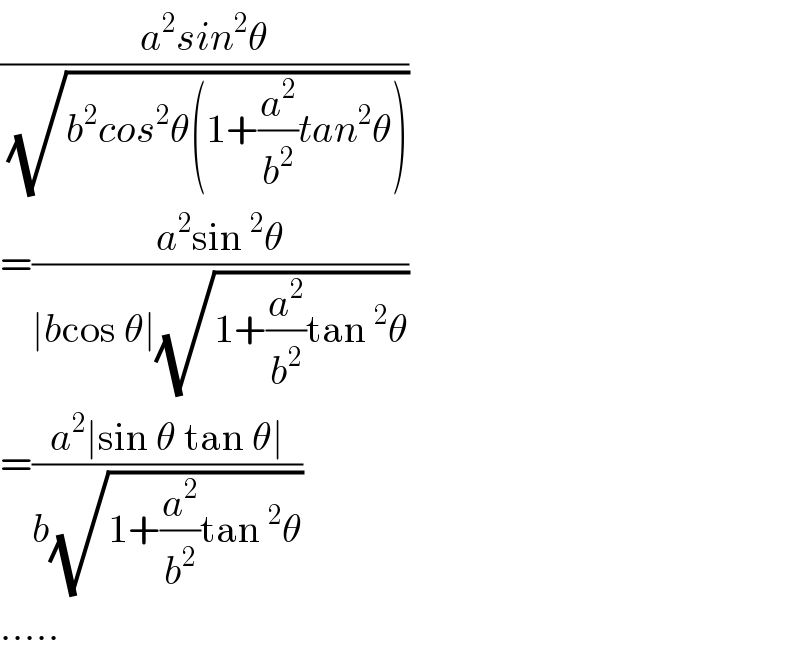
Commented by tanmay.chaudhury50@gmail.com last updated on 13/Jun/18

Commented by ajfour last updated on 13/Jun/18

Answered by ajfour last updated on 14/Jun/18
